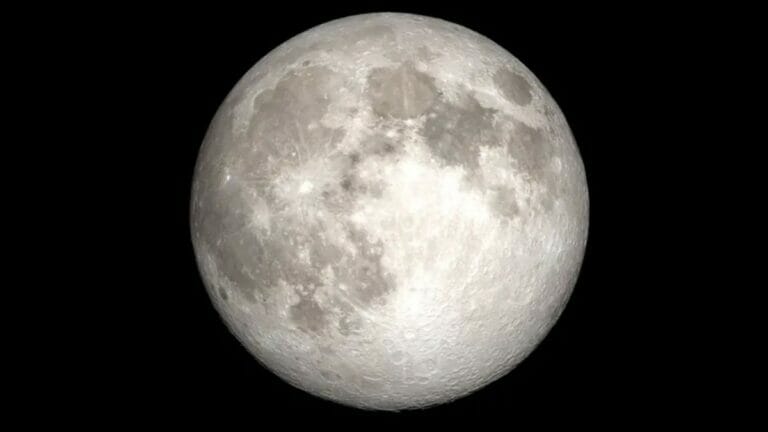A Blue Moon is usually characterized as the third instance of a Full Moon occurring within a season that spans four Full Moons. Nevertheless, the nomenclature is occasionally extended to indicate the occurrence of a second full moon within the boundaries of a calendar month.
It is worth noting that the term “blue moon” does not indicate the chromatic attributes of the moon, but rather serves as an indicator of the second full moon that occurs in a given calendar month or the third full moon that materializes within an astronomical season that includes four full moons. This upcoming lunar event will witness the Moon reach perigee, marking its closest approach within its orbital path to Earth, at an approximate distance of 221,942 miles (357,181 km).
When will the Super Blue Moon of 2023 be visible?
On the evening of August 30, at 9:35 p.m. ET, a celestial spectacle of the Blue Moon will appear, as confirmed by the US Naval Observatory. Namely, this lunar phenomenon embodies a double distinction that can be categorized as both a “Blue Moon” and a “supermoon”. This classification derives from its position as the second full Moon to grace the sky within a calendar month, while at the same time achieving the closest proximity to Earth within its orbital path. Consequently, its illumination and dimensions will be noticeably enhanced, creating a larger and more dazzling presence than a conventional lunar display.
Also read| Japan’s 2023 Moon Mission: Launch Date, Time, Live Stream, Budget & More
At the same time, the aforementioned date will also witness an intimate meeting of the Moon with the planet Saturn, as it creates a close approach to this distant celestial counterpart.
The occurrence of Blue Moons is rare, occurring at intervals of approximately 2 to 3 years. The most recent occurrence of such an event occurred on August 22, 2021. The convergence of two full supermoons within one month was last observed in 2018 and is not expected to occur again until 2037. This exceptional scarcity of events gave rise to the well-known idiom “once in a blue moon” in the lexicon, summarizing the notion of a rare and extraordinary event.
The significance of the full moon in different cultures and calendars
This astronomical phenomenon has significance in the context of different calendars. In the Chinese calendar, it marks the middle of the seventh month. Conversely, within the Islamic calendar, it takes the name Safar. For observers who follow Jewish tradition, this full moon materializes during Elul, a period of deep introspection leading up to the observance of Rosh Hashanah and Yom Kippur.
Also read|
Categories: Optical Illusion
Source: newstars.edu.vn
Links: August 2023 Super Blue Moon: Date, Time and Significance of the Celestial Spectacle – Tekmonk Bio, August 2023 Super Blue Moon: Date, Time and Significance of the Celestial Spectacle – Kungfutv, August 2023 Super Blue Moon: Date, Time and Significance of the Celestial Spectacle – Blogtomoney



GIPHY App Key not set. Please check settings